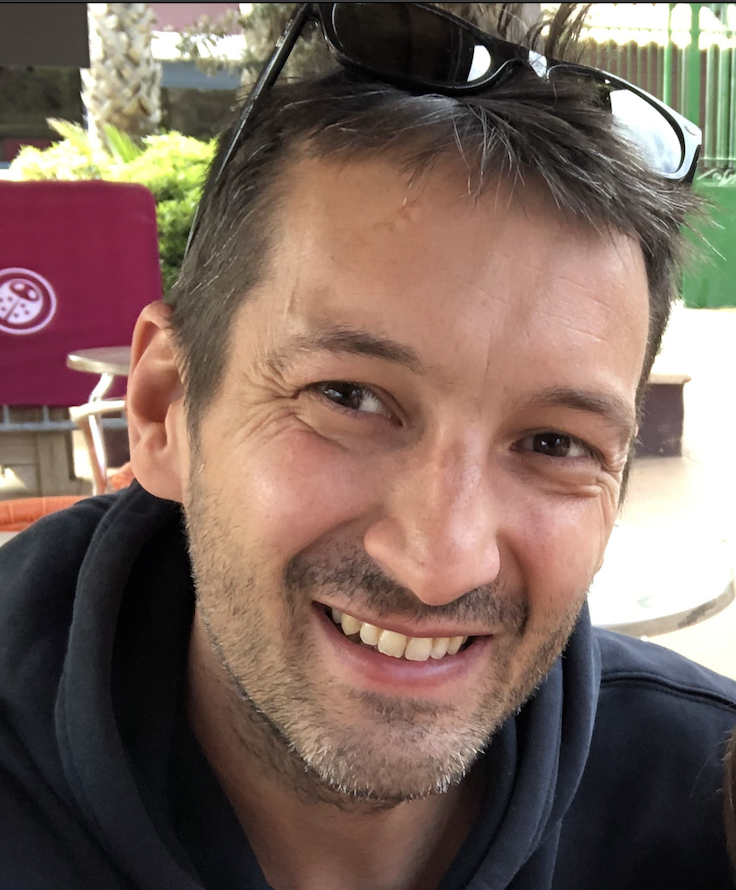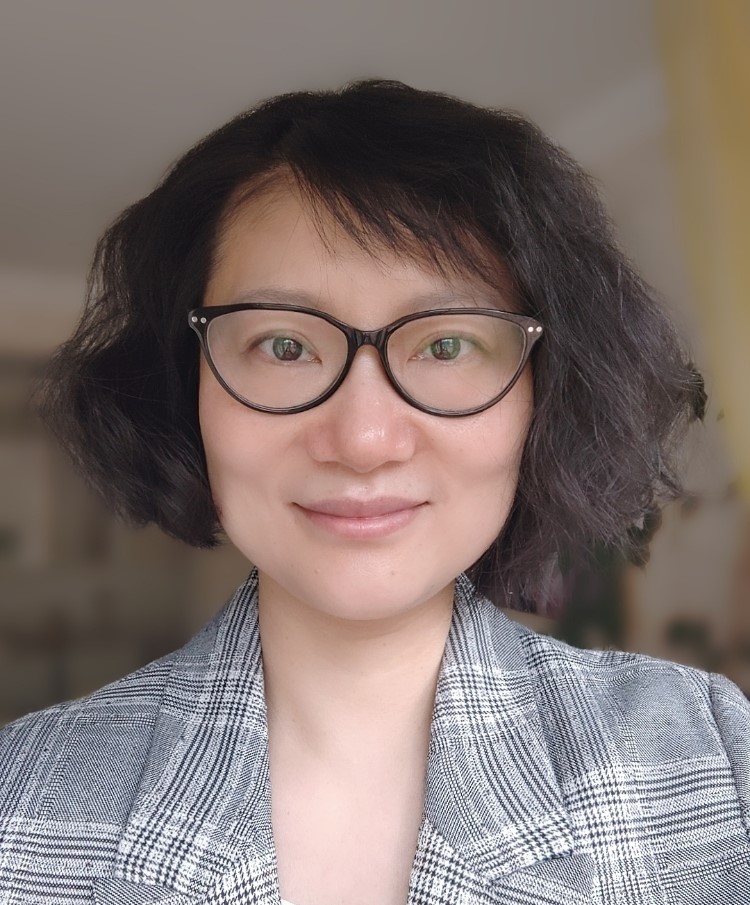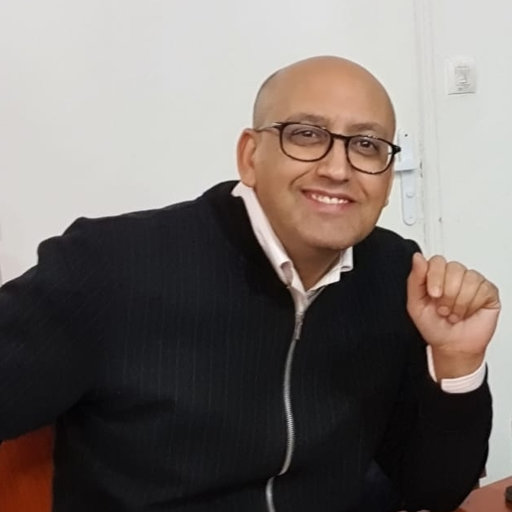
Bio: Charles Poussot-Vassal is Researcher Director with ONERA, the French aerospace lab (Toulouse, France) and co-funder of MOR Digital Systems (http://mordigitalsystems.fr/). His research lies in the wide field of (mostly linear) dynamical model (rational) approximation, control design and analysis. A major part of his activities is dedicated to the development and implementation of numerical scheme and to apply them to a large range of problems including multiple industrial applications. He was born in Grenoble, France, in 1982. In 2005, he completed his Engineering degree and M.Sc. in control and embedded systems from Grenoble INP-ESISAR and Lund University of Technology. In 2008, he completed his Ph.D. degree in control systems theory, within the GIPSA-lab. He obtained his French habilitation, in control and applied mathematics, in 2019 from Toulouse INP. At the beginning of 2009, he worked as a research assistant with the Politecnico di Milano. From mid-2009, he joined ONERA, as a full-time researcher. From July 2020, he is co-funder of MOR Digital Systems, a start-up providing solutions in dynamical model approximation, identification and analysis.
Speech Title: The Loewner Framework for Parametric Systems: Taming the Curse of Dimensionality, for Real...
Abstract: In this keynote we address the problem constructing (reduced complexity) multi-parametric dynamical models, directly from data collected on an experimental set-up or a complex simulator. To do so, we invoke the (interpolatory) Loewner framework, extended to linear parametric systems with an arbitrary number "n" of parameters. The first innovation established, is the construction of data-based realizations for any number of parameters. Second and equally importantly, we show how to alleviate the computational burden, by avoiding the explicit construction of large-scale "n"-dimensional Loewner matrices of size N x N, through a recursive approach. The latter drastically reduces the complexity from O(N^3) to about O(N^1.4), thus taming the curse of dimensionality and making the solution scalable to very large data sets and highly parametric set-up, as faced by engineers. The keynote focuses on the numerical and experimental aspects, with multiple applications used in both the research and industrial contextes, highlighting the versatility and importance of the result in the wide domains of control engineering and (parametric) mechatronics systems.

Bio: Professor Yang Gao FIET FRAeS, is a Professor of Robotics and heads the Centre for Robotics Research within the Department of Engineering at King's College London. She brings over 20 years of research experience in developing space robotics and autonomous systems, in which she has been the Principal Investigator of nationally and internationally teamed projects funded by European Space Agency (ESA), UK Space Agency, UK Research Innovation, Royal Academy of Engineering, European Commission, as well as industries. Yang is also actively involved in the design and development of real-world space missions such as ESA ExoMars, Proba3 and VMMO (lunar ice mapper), UK's CLEAR, MoonLITE and Moonraker, and CNSA Chang'E3. Yang's work has been applied to several non-space sectors including nuclear, utility and agriculture through technology transfer and spin-offs. Besides her own research activities, Yang serves various leadership roles for the wider space and robotics community, such as being the Editor-in-Chief of Wiley’s Journal of Field Robotics and the Mentor of the United Nations Space4Women program, and Co-Chair of the IEEE-RAS Technical Committee on Space Robotics. See her full profile at https://nmes.kcl.ac.uk/yang.gao/.

Bio: Mohammed Chadli received his MScEng (DEA) from the Engineering School INSA-Lyon (France, 1999) and from “Ecole Normale Sup.” (Mohammedia, Morocco), the Ph.D. thesis in Automatic Control from the University of Lorraine (UL), CRAN-Nancy in 2002 and his habilitation in 2011 at the University of Picardie Jules Verne (UPJV) Amiens. He was Lecturer and Assistant Professor at the “Institut National Polytechnique de Lorraine” (UL, 2000-2004). Since 2004, he was Associate Professor at the UPJV and is currently a Full Professor at the University Paris-Saclay, Univ Evry, IBISC Lab., France. He was a visiting professorship at the TUO-Ostrava (Czech Rep.), UiA (Norway), SMU-Shanghai (2014-2017), NUAA-Nanjing (2018, 2019), and the University of Naples Federico II (Italy, 2019).
Dr. Chadli’s research interests include filtering and control problems (FDI, FTC) and applications to vehicle systems, intelligence systems, network systems, and cyber-physical systems. He is the author of books and book chapters (Wiley, Springer, Hermes), numerous articles published in international refereed journals and conference proceedings, and listed in “100 000 Leading Scientists in the World”.
Dr. Chadli is a senior member of IEEE. He is on the editorial board (Editor, Associate Editor) of several international journals, including the IEEE Transactions on Fuzzy Systems, Automatica, the IET Control Theory and Applications, the Franklin Institute Journal, Asian Journal of Control…and was a Guest Editor for Special Issues in international journals. He now serves as the Chair of the IEEE France Section Control Systems Society Chapter, and Vice Dean of the Faculty of Sciences and Technologies (Univ Evry).